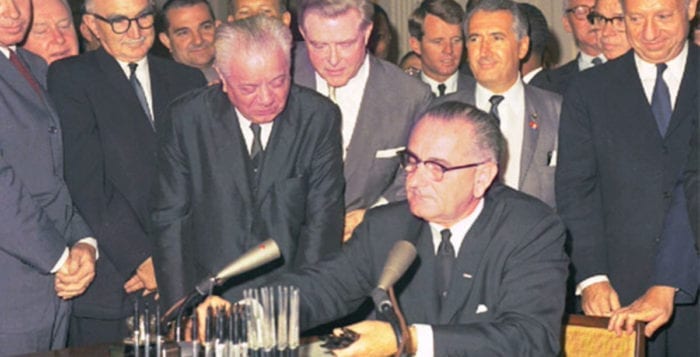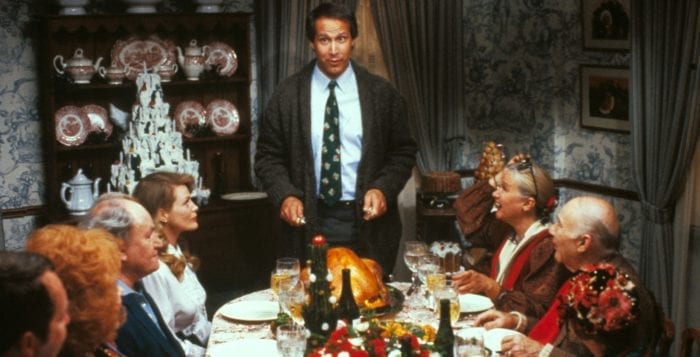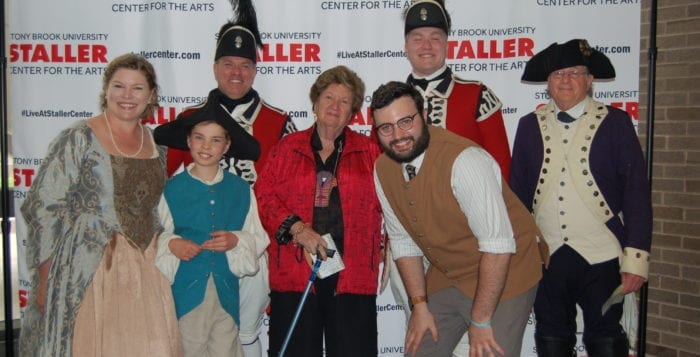By Leah Dunaief

This is the time of mixed seasonal emotions. On the one hand, the deep cabin fever that sets in with February is still with us. Winter is upon the land, the trees are skeletons, the bushes just sticks and the lawns an anemic greenish brown. Even the evergreens, instead of being a lusty hunter green, are more like a drab olive, branches hanging dutifully but limply, to remind us that all color has not entirely disappeared from view.
That’s probably also an apt description of our souls, suffering from winter’s darkness and yearning for color and warmth. Patches of snow, remnants of the recent storm, have also lost their luster and serve only to nudge us that winter still has us in its grip. So do the ever widening potholes.
But — and this is only a tiny “but” — March is here. That means we have made it through the coldest, darkest months. This weekend, we will switch to daylight savings time, so those who work past 6 o’clock in the evening will not be stumbling out from their stores and offices into the darkness. There will still be evidence of some day left. Remember, though, to drive with extra care during the week following the change, for statistics tell us there are more car incidents after losing even one hour on one’s biological clock.

With the advent of March, if we hold on three weeks, comes the official start of spring. Now we know that Mother Nature doesn’t check the calendar, and we can get wicked snowstorms after spring officially begins. But that likelihood is less and would be a grand finale rather than the beginning of a long siege. So there is the smallest whiff of hope for the return of better weather. Also if you look closely at the bushes, you can see buds. Buds! That means flowers will be coming, and leaves, the bright green leaves of early spring. If we really want to get delirious about color, we can trek to Philadelphia to drink in the world’s oldest and largest indoor flower show, now happening at the Pennsylvania Convention Center until Sunday, March 10. This year’s theme is Flower Power, celebrating the contribution of flowers to our lives.
Sometimes on a winter day when the sun is shining, the sky is cloudless and intensely blue and the air, with its low humidity, crisp and invigorating. For those who ski downhill or through the woods, snowshoe or ice skate or even take a walk on a country road, the scene is poetic, an artist’s dream. To come inside after such activity and be greeted with the scent of hearty soup or freshly baked chocolate chip cookies is a treat most keenly appreciated when the temperature is low.
As the season turns, and we think about putting away the shovels and salt — not yet though! — we can also cheer ourselves on a bit by conjuring up the benefits of winter. What are they, you ask? Well, no mosquitoes for one. And the ticks have disappeared. No lawn to mow, although we do sometimes have to shovel snow, so that’s probably only a trade-off at best. We can gain a few pounds and hide beneath our tunics and sweaters until the change in wardrobe forces us to acknowledge the slothful truth. There are no emergency calls to fix the air conditioner in winter. But the boiler is no angel either. It always seems to give way on the coldest nights. A dark and cold winter night can be cheered with a crackling fire, as we sit before the fireplace sipping a favorite beverage and exchanging deep thoughts with a loved one. Even the dog seems to enjoy the warmth and glow, curling up at our feet.
But we are willing to cast all that away for the excitement of spring, with its birdsong, flowers and warmth. The return of light, longer with each day, is a magical salve for our moods. Just for a little while longer, dear friends, hang in there.














